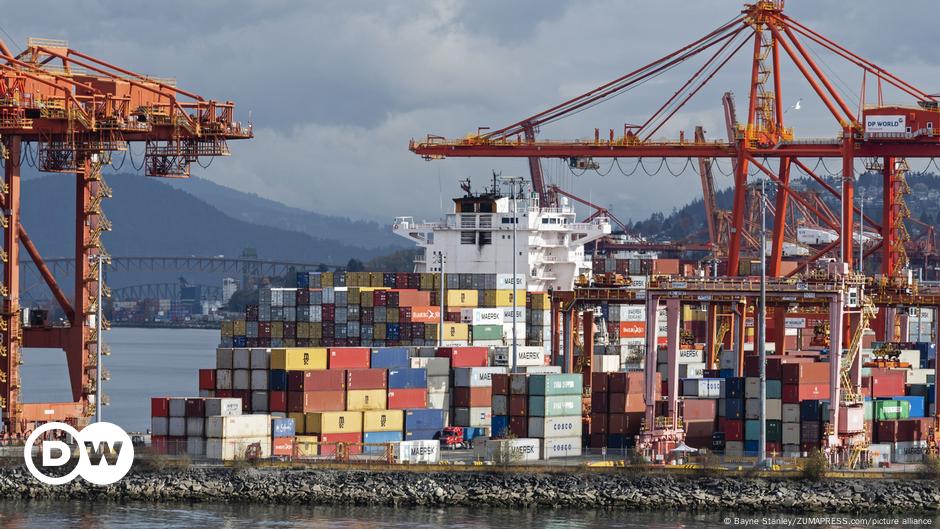Trump is invoking the International Emergency Economic Powers Act in imposing the tariffs, with the White House saying “the extraordinary threat posed by illegal aliens and drugs, including deadly fentanyl, constitutes a national emergency.”
In 2023, Canada and Mexico bought US goods and services worth $808 billion (€768 billion), according to the US Department of Commerce’s Bureau of Economic Analysis.
At the same time, Canada and Mexico sent $1.01 trillion worth of goods to the US. The US trade deficit with Canada is over $40 billion, while the trade deficit with Mexico is over $162 billion.
Most economists think tariffs will increase prices for American consumers.
Economy and tariffs under President Trump: Who wins?
Trump hopes for a different effect.
For the US president, tariffs are a way to cut the country’s “unfair” trade deficit, add to domestic manufacturing capacity through a buy American push and generate government revenue.
Additionally, tariffs are a handy tool in other negotiations like the country’s war on drugs and keeping out immigrants along the southern border.
“The economic consequences of such tariffs would be severe for North America, potentially causing significant disruptions to growth and trade relations,” wrote Julian Hinz last week.
The research director for trade policy at the Kiel Institute for the World Economy calculates this could lead to a 4.1% drop in GDP for both Mexico and Canada in the first year, since around three-quarters of their total exports go to the US.
Others, like the Peterson Institute for International Economics, say a 25% tariffs on Canadian and Mexican goods would cause pain for all three. For Canada it will be bad, but for Mexico it would be “catastrophic” since they are more dependent on the US. It would eventually drive up some prices in the US.
Read more here: Trump tariffs: What do they mean for Mexico and Canada?













